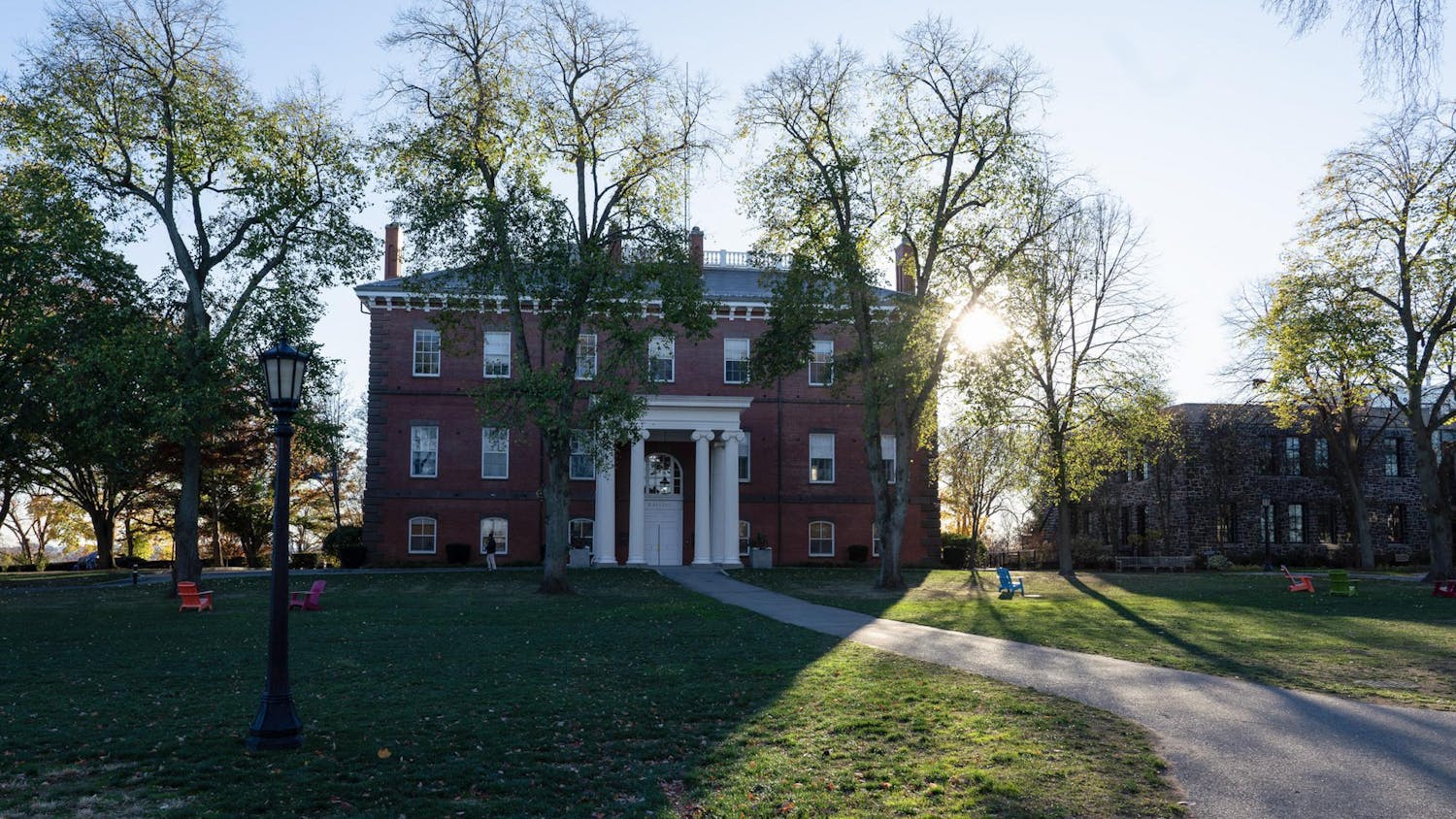The Institute for Democracy & Higher Education (IDHE) at the Jonathan M. Tisch College of Civic Lifereleased a new report on college student participation in the 2020 election season.The data indicated that students voted at unprecedented rates, with a 66% turnout rate in 2020 compared to 52% in 2016.
The report analyzed turnout across various demographics and reflected on the correlation between academic experience and political participation.
IDHE's National Study of Learning, Voting, and Engagement (NSLVE) studied the student voting habits of around 1,100 institutions in all fifty states.It used the method of merging the enrollment records of participating campuses in the fall of an election year with the administrative state-level voting records from secretaries of state.
David Brinker, the senior researcher at IDHE who worked on this report, mentioned how third parties helped contribute to the study.
“It's a process that we engineer and administer, but there are third parties who are entrusted routinely with protected student data ... from which we can learn about student participation in general elections,” Brinker said.
Brinker added that his role on the report included identifying areas for future study.
“For this report, my primary responsibility was to do the data analysis, but really to look for the interesting data points that were worth exploring further,” Brinker said.
Adam Gismondi, director of impact at IDHE and a co-author of the report, manages communications and strategy implementation.
“[My work] centers around making sure that [the research] gets used and is seen,” Gismondi said.
In general, different methods of determining voter ability produce ranging implications for the voting rate. According to Brinker, NSLVE’s biggest strength is its complete enrollment of a campus rather than a sample or self-report data.
“We have a true denominator," Brinker said. "It’s still an estimate, but we have a very good sense for how many students at each of our participating colleges were eligible to vote.”
Brinker said the limitations of NSLVE are twofold.
“We know certain things about the dataset that we’re very transparent about," Brinker said. "For one, that we underrepresent community colleges, primarily two-year institutions."
The team monitored whether this significantly impacted the results and determined that it did not. The second shortcoming is conceptual and inherent in the type of data the IDHE collects, according to Brinker.
“We measure student voting as a metric to reflect the civic health of U.S. colleges and universities," Gismondi said. "It’s a proxy indicator for civic participation, but there are, of course, good reasons not to vote, and we don't measure other [reasons].”
Gismondi added that many are interested in partisan interpretations of the data. However, IDHEdoes not document party affiliation or candidate selection.
IDHE has been imploring colleges and universities to shift their attention from increasing registration rates to motivating registered voters.According to Pew Research Center, unregistered citizens are simply less driven to vote. On the other hand, registered nonvoters are more likely to be obstructed from voting in ways that beg questions of equity and access, according to Brinker.
IDHE urges states, municipalities and power figures to stand up for student voting rights and ensure that students are well-informed of the voting opportunities at hand.
Jane Romp, one of two democracy representative coordinators at JumboVote, agreed that low yield is a consequence of lack of accessibility, especially with the absentee ballots.
“Because a lot of Tufts students have made the decision to vote at home rather than in Medford or Somerville ... the process for requesting absentee ballots ... was really confusing for a lot of folks,” Romp, a junior, said.
In Massachusetts, the proposedVOTES Act would establish mail-in and early in-person voting, which would allow students to vote with more convenience. Tisch College is working to mend these disparities in absence of the legislation.
Gismondi describes how Tisch College has a broad reach with its programming.
“Tisch College is the only college of its kind ... and that allows for more robust research work," Gismondi said. "We have a policy center, we have community outreach work ... [and] the civic studies major."
Romp explained that JumboVote established liaisons to work with students from the SMFA and School of Engineering to amplify voices in academic fields not commonly associated with politics and civic engagement. Brinker characterized Tufts as a school that supports students' desires to commit themselves to progress.
“I really think that Tufts students are not content to just go to the classes, and get the grades, and get the degree, and get the job," Brinker said. "I think they want their work to matter now, not later ... and I think Tufts embraces that mentality.”
Romp believes that young people want to help build a better future for themselves. According to Brinker, not only can the report's data be utilized as an educational tool, but it can also motivate students to continue making a difference by exercising their right to vote.
“The data make us resistant to the assumptions that we might have about the groups that we measure; the assumption that young people don't vote is hard entrenched in some people's minds," Brinker said. "I hope that people [read] the equity data and that they understand that these are not reports of how things inevitably are or rules that govern the political world."






